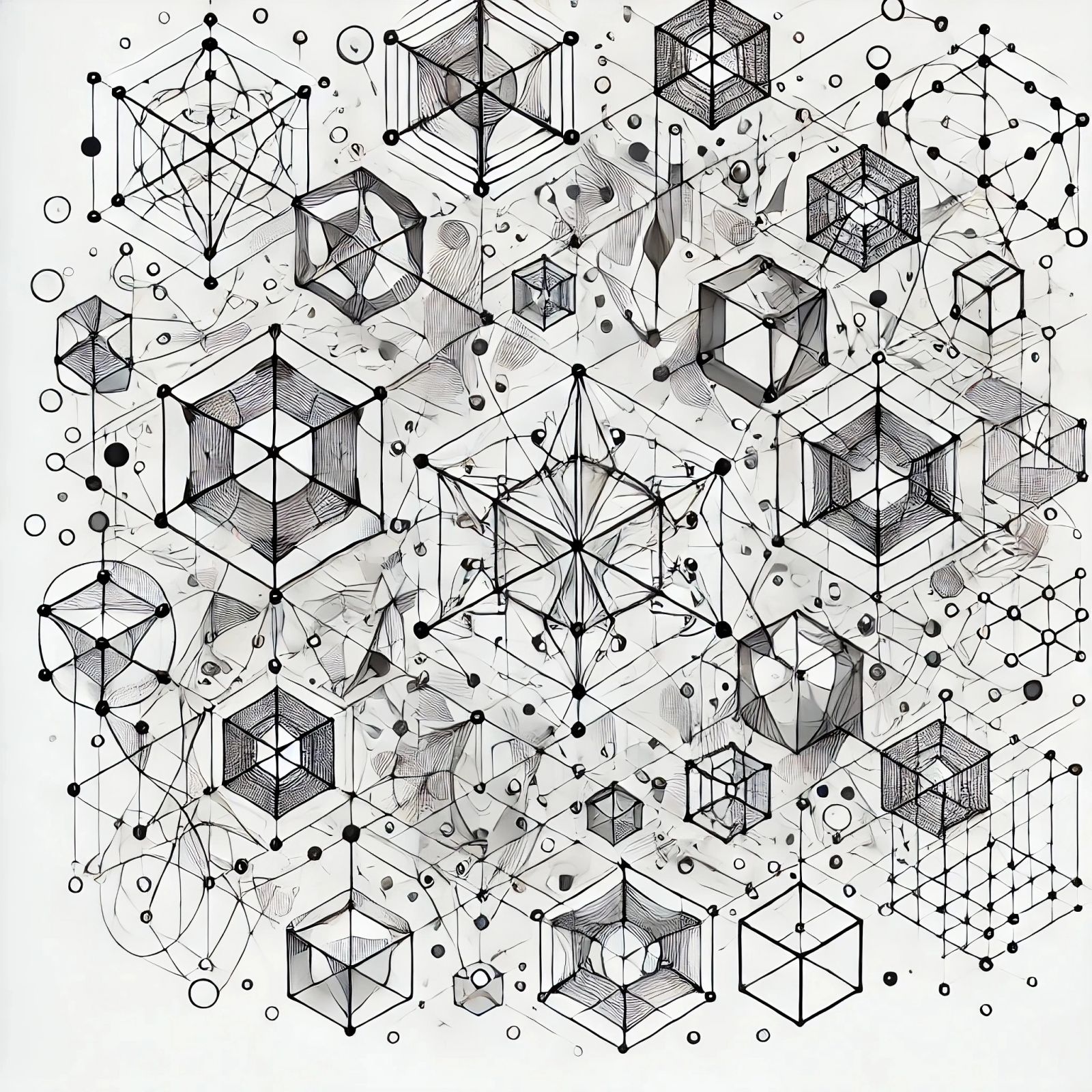A mathematician solves two fundamental mathematical puzzles simultaneously
Follow us on Google News (click on ☆)
These discoveries could revolutionize our understanding of symmetries in nature and various random processes. They pertain to diverse areas ranging from chemistry to economics, and even computing.

The first of the two problems he solved dates back to 1955. It is the zero-height conjecture formulated by Richard Brauer, a leading figure in 20th-century mathematics. Brauer had envisioned mathematical problems that have fascinated specialists for decades. Tiep worked for more than ten years on this question before arriving at a definitive result, now published in Annals of Mathematics.
Brauer's conjecture is part of the representation theory of finite groups. This field, which might seem abstract, is essential for modeling complex symmetries. It allows abstract geometric shapes to be transformed into matrices, thus simplifying structures that would otherwise be incomprehensible.
The second problem concerns Deligne-Lusztig theory, a fundamental tool in representation theory. Tiep's solution, published in Inventiones mathematicae, focuses on matrix traces, a key concept in mathematics. Tiep's work sets limits on the values of these traces, paving the way for new advances in this area.
Tiep didn't accomplish these feats alone. He collaborated with several eminent mathematicians, such as Gunter Malle from Germany and Gabriel Navarro from Spain on Brauer's conjecture, as well as Robert Guralnick in the United States on the trace works. These international collaborations highlight the collective and progressive nature of major discoveries in mathematics.
For Tiep, these mathematical advances often occur unexpectedly, during ordinary moments of daily life. He explains that ideas can pop up when he takes walks with his children or when he's gardening.
These two breakthroughs promise to influence other major problems in mathematics, including some posed by figures like John Thompson and Alexander Lubotzky. The representation theory of finite groups continues to be a key to deciphering the symmetries of the Universe and solving complex problems in physics and computing.